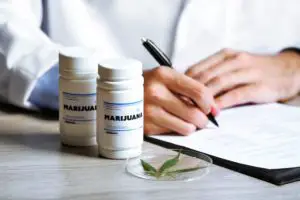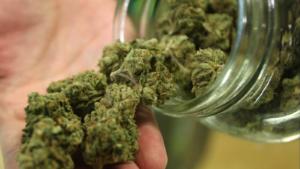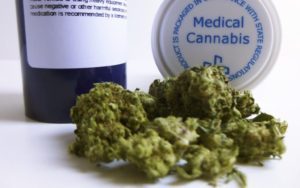
As of this writing, medical science has identified over 200 terpenes in the cannabis plant. While researchers and scientists are convinced there are more, a combination of clinical and independent studies have established a general idea of which terpenes are most commonly found regardless of strain. In this post, we discuss these terpenes in brief detail — along with their benefits and uses.
It’s worth noting that terpenes are not found exclusively in cannabis. There are plenty of terpenes, monoterpenes (containing two isoprenes) and sesquiterpenes (containing three isoprenes) present in other plants that aren’t found in any available strain. However, the cannabis plant is the single most terpene-populous plant with the most diverse array of terpenes around, making it the prime specimen for medical research into the topic.
This diversity of terpenes is one reason why so many people look at marijuana with awe: it has properties found nowhere else in the plant world. The interactions between terpenes and CBD (a.k.a CBD) is complex. Terpenes seem to change the “high” people experience from cannabis, and different strains have different terpenes. Here are some of the most common ones, listed in alphabetical order:

- Beta-Caryophyllene known also as Caryophyllene or BCP, this is a terpene commonly found in rosemary, hops and black pepper. The most interesting thing about Beta-Caryophyllene is its ability to double as a cannabinoid and interact with the human endocannabinoid system. Specifically, it targets the CB2 receptor and alters the modulation of neuropathic and inflammatory pain response. This makes Beta-Caryophyllene a potent contributor to chronic pain disorders such as multiple sclerosis and arthritis. It is also frequently used in treating depression and anxiety.
- Linalool is a terpene with one of the most recognizable fragrance profiles to the human experience. Linalool is also present in lavender, cinnamon, and mint, and as such is a terpene used often in the formulation of cosmetic products. The primary medicinal usage of Linalool goes back to the Renaissance when insomniacs of old drank willow tea and kept pouches of lavender under their pillows. It is a potent soporific, anxiolytic and anticonvulsant shown to be effective in treating insomnia, anxiety and a wide range of seizure-inducing disorders. Conditions such as Parkinson’s disease, Dravet syndrome and epilepsy have all seen a drop in seizure frequency with light Linalool medication.

- Myrcene is the single most abundant terpene in cannabis and is considered one of the ten primary terpenes. In some strains, it accounts for up to fifty percent of total terpene content. Myrcene can also be found in cloves, basil, and its namesake, myrcia. Its most valuable quality is its ability to assist in the absorption of cannabinoids into the blood-brain barrier, helping to stimulate analgesic responses. It’s for this ability that Myrcene’s therapeutic value shines in cancer treatment. Because it is shown to naturally restrict excess cell proliferation, the use of Myrcene is also a viable strategy in reducing the size of tumors.

The Medical & Therapeutic Potential of Terpenes
Aside from the 200 different terpenes identified in cannabis, there are thousands more in plants (and some animals) everywhere in nature. As we learn more about their respective effects on the human body, it’s not hard to imagine a world where terpenes play a greater role in our overall health and wellness as a society.

